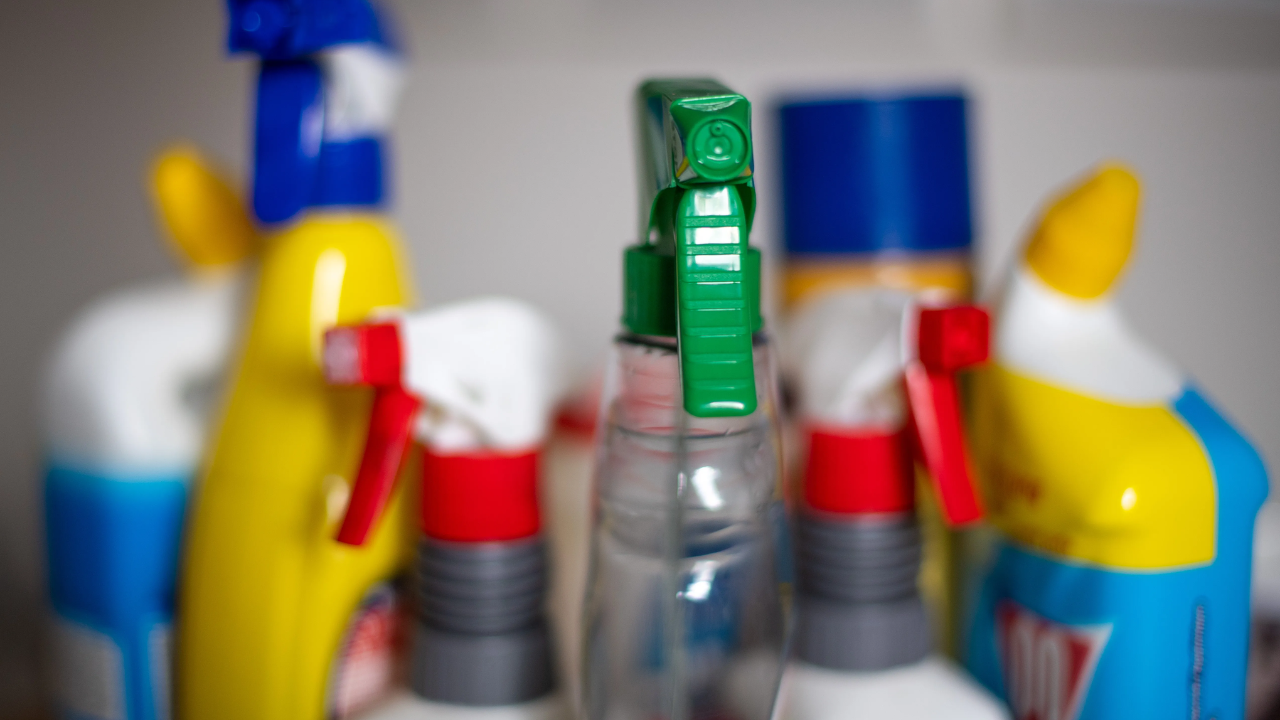Blog detail

December 26, 2024
by Nanzpharma
Do Hospitals Spend Too Much Money on the Wrong Disinfectants?
Disinfectants are a vital part of hospital hygiene, playing a critical role in preventing infections, protecting patients, and ensuring compliance with regulatory standards. However, not all disinfectants have similar effectiveness. Despite their intentions to maintain a sterile environment, many hospitals inadvertently allocate substantial budgets to disinfectants that are ineffective, inefficient, or unsuitable for their needs. This misallocation not only increases costs but also puts patient safety at risk. By identifying the wrong disinfectants, hospitals can minimize the consequences and optimize their disinfection practices.
How Hospitals Choose the Wrong Disinfectants
Hospitals often fall into common traps when selecting disinfectants. These choices, though well-meaning, can lead to poor outcomes:
1. Overlooking Pathogen-Specific Efficacy
Not all disinfectants work against all pathogens. A hospital using a disinfectant that does not effectively target specific bacteria, viruses, or fungi risks compromising its infection control efforts.
2. Choosing Based on Cost Alone
While budget constraints are a reality, opting for the cheapest disinfectant can lead to subpar performance. Low-cost products often lack the potency and reliability needed for hospital-grade disinfection.
3. Ignoring Environmental Impact
Some hospitals invest in harsh chemical disinfectants without considering their impact on the environment or their staff’s health. These products may contribute to long-term issues such as chemical resistance and environmental pollution.
4. Relying on Outdated Products
With rapid advancements in disinfection technology, some hospitals continue using older products that are less effective compared to modern formulations.
The Consequences of Choosing the Wrong Disinfectants
Using ineffective or unsuitable disinfectants has far-reaching implications for hospitals:
1. Increased Risk of Hospital-Acquired Infections (HAIs)
Inadequate disinfection leaves harmful pathogens on surfaces, contributing to the spread of HAIs. These infections not only endanger patients but also strain hospital resources.
2. Wasted Financial Resources
Investing in the wrong disinfectants leads to unnecessary expenditures, especially when frequent applications are required to compensate for poor performance.
3. Reputational Damage
Hospitals associated with infection outbreaks due to insufficient hygiene practices can suffer a loss of trust from patients and the community.
4. Staff Health and Safety Concerns
Some disinfectants emit harmful fumes or irritate the skin, impacting the health and productivity of hospital staff.
How to Identify the Right Disinfectants
Hospitals can avoid these pitfalls by following a strategic approach to selecting disinfectants:
1. Evaluate Pathogen Coverage
Select disinfectants that are effective against a wide range of pathogens, including bacteria, viruses, and fungi. Look for products with proven efficacy against common and emerging hospital pathogens.
2. Consider Application Efficiency
Products that require fewer applications or shorter contact times can significantly reduce labor costs and improve operational efficiency.
3. Opt for Safer Formulations
Prioritize disinfectants that are non-toxic and environmentally friendly. These products ensure the safety of staff and patients while minimizing environmental impact.
4. Assess Long-Term Value
While initial costs are important, consider the overall cost-effectiveness of a disinfectant. High-quality products may have a higher upfront cost but deliver better performance and longer-lasting results.
5. Partner with Trusted Providers
Work with reputable manufacturers who offer quality assurance, compliance with regulations, and ongoing support to help hospitals optimize their disinfection practices.
Best Practices for Effective Disinfection
In addition to choosing the right products, hospitals should adopt best practices to ensure optimal outcomes:
1. Comprehensive Training
Ensure that all staff involved in cleaning and disinfection are well-trained in using the chosen products effectively.
2. Regular Monitoring and Audits
Conduct routine inspections to verify the effectiveness of disinfection protocols and identify areas for improvement.
3. Clear Protocols and Documentation
Establish standardized procedures for disinfection and maintain detailed records to ensure compliance with regulatory standards.
4. Investing in Advanced Technology
Innovations such as automated disinfection systems and UV light sterilization can enhance overall hygiene levels while reducing manual labor.
The Role of Cost-Benefit Analysis
Hospitals can make more informed decisions by conducting a cost-benefit analysis of their disinfection practices. This involves evaluating factors such as:
- Efficacy: Does the product effectively eliminate harmful pathogens?
- Safety: Is the product safe for staff, patients, and the environment?
- Durability: How long does the disinfection effect last?
- Operational Impact: Does the product streamline cleaning processes and reduce labor requirements?
By focusing on value rather than cost alone, hospitals can allocate their budgets more effectively and achieve superior hygiene standards.
Optimizing Hygiene for Patient and Financial Health
Hospitals cannot afford to compromise on hygiene, yet many unintentionally waste resources on the wrong disinfectants. A strategic approach to product selection, grounded in efficacy, safety, and cost-effectiveness, can transform disinfection practices, reduce risks, and enhance patient outcomes.
Nanz Med Science offers innovative products designed to meet the stringent needs of healthcare facilities. With a focus on quality, safety, and performance, Nanz ensures that hospitals can achieve optimal hygiene standards without overspending.

